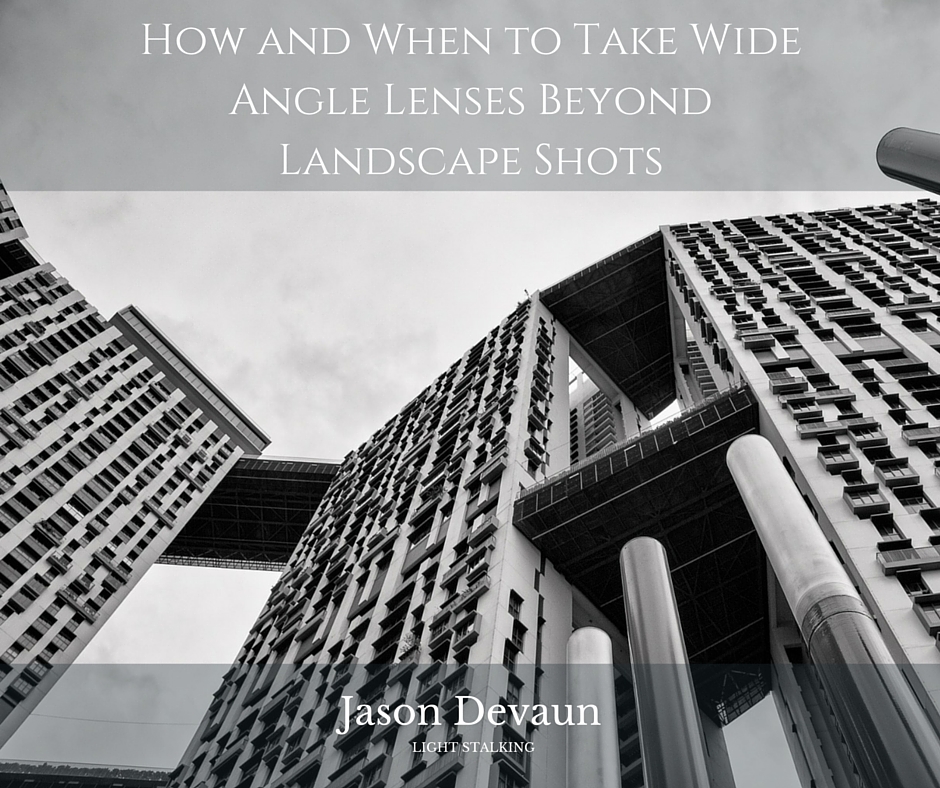
When you’re in the mood to grab a lens and go out shooting, what’s your first choice?
- A macro lens?
- A telephoto lens,
- Perhaps something long enough for bird watching?
- Or maybe a wide angle lens?
If you’re someone who enjoys working with a wide angle lens but haven’t been happy with the results you’ve been getting, or if you’re interested in getting started with wide angle photography but feel you’d benefit from a little background information, the following primer will assist you in getting to know and making the most of wider focal lengths.
What is a Wide Angle Lens?
The terminology has nothing to do with the physical dimensions of the lens; “wide angle” is a reference to a lens’ field of view. A telephoto lens is said to have a narrow field of view; it is used to bring distant subjects closer.
A wide angle lens, in contrast, has a wide field of view; it captures significantly more of a scene than a telephoto lens.
A 14mm lens, for instance, can “see” much more of a scene than a 200mm lens is capable of. A lens with a focal length of 35mm (full frame) or less has traditionally been classified as wide angle.
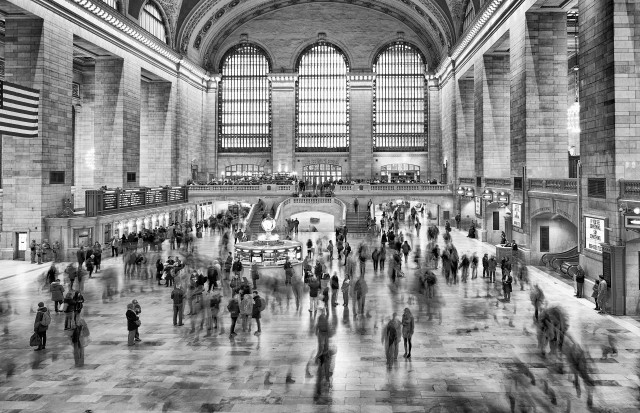
What is a Wide Angle Lens Good For?
In short, any lens has the potential for a multitude of applications. How you choose to use a given lens is often a simple matter of your own creativity. However, certain types of lenses do indeed excel at specific tasks.
One of the most common uses of a wide angle lens is for Landscape Photography.
The world is quite a big place, decorated at every turn by intriguing, breathtaking scenery. It’s not that a telephoto lens would be entirely inappropriate, but it would limit the breadth with which you could capture the sweeping majesty of a landscape. Of course, there’s still only so much that even the widest wide angle lens can capture but, for landscapes, wider is usually better. A wide angle lens is what you’d use to convey the grandeur of a rolling mountain range or the vastness of a windswept wheat field.
[arrows style=”arrow-4-1.png” align=”left”]
To learn more about awesome Landscape Techniques with a wide angle, this guide by Kent Dufault will really help you out: The Complete Landscape Photography Guide. With the heavy reliance on wide angle lenses in landscape photography, this will give you the information you need to get the results you want.
But taking photos of landscapes isn’t the only use you might find for a wide angle lens. They also work for architectural photography (both interior and exterior).
You might also find a wide angle lens useful for street photography/photojournalism, where the idea is to capture scenes as they are, as they unfold; it is about the people as well as their environment. In order to capture both, you’ll often need a relatively wide view of things.
A wide angle lens can also be used for portraits, with a few very important caveats that will be discussed below. Using this type of lens effectively can yield some extraordinarily unique portrait work. For more on improving your portraits, see the Portraiture guide by Kent Default.
How to Effectively Use a Wide Angle Lens for a Variety of Tasks
- Know When to Get Close. Naturally, one’s first inclination is to stand back from a scene and use a wide angle lens to take in all the “bigness” that a telephoto lens can’t accommodate. This, of course, is how you might photograph a sunset over a lake; there’s a lot to see and you need to be able to capture it all. But wide angle lenses are also capable of reproducing small details.This is why there are times when you’ll want to get as close to your subject as possible. The closer you get to your subject, the larger it will appear in the frame, thus creating unique perspectives and more impact.
- Make the Foreground Count. This is closely related to the previous tip. The viewer always needs a point of reference, especially when shooting nature scenes that are somewhat uniform in texture or color. Whether it is a person or a tree or a rock formation, you need to make sure your scene includes an anchor of sorts, something familiar to the viewer that they can use to determine a sense of scale.
- Go Hyperfocal. If you shoot scenics, you’ll typically want to have as much depth of field as possible. Getting all of your beautiful scenery in sharp focus will give your shot the impact it deserves.In order to accomplish this, you must focus your lens on the appropriate point that will provide the greatest apparent sharpness across the frame. This is known as hyperfocal distance.There are a number of software solutions and apps that help you determine where to focus your lens after you input the focal distance and f-stop you’re working with. DOFMaster.com has solutions for iPhone, Android, Windows, and Palm OS, in addition to an online calculator and a hyperfocal chart.
- Beware of Erratic Lighting. When you are capturing large swaths of both sky and land, you will likely run into some lighting issues that you otherwise wouldn’t have to deal with. Shooting at a wide angle means you may have a wide range of light occupying the frame; depending on the conditions of the area you are shooting, it is possible you will be faced with different qualities and quantities of light all at once.In such situations, you won’t be able to simply take a shot and be done with it. In order to balance the foreground and background and ensure the many elements in the scene are correctly exposed, you’ll need to make use of graduated filters or polarizers or take multiple exposures. Yes, it’s extra work but these usually aren’t problems that can be properly corrected in software. It’s important to get it right in camera.
- Beware of Distortion. Another major characteristic of wide angle lenses: distortion of the perceptible physical characteristics of objects. If you’re not careful — or at least aware of it — you will be in for some big surprises when shooting with a wide angle lens. One scenario in which distortion is particularly noticeable is when shooting something with straight lines or edges. A wide angle lens will render those straight edges as bent (recall the lens aberration known as barrel distortion, for example). Wide-angle-related distortion is also very apparent in portraits. Because objects closer to the lens appear larger, noses will be quite exaggerated — not the desired look for headshots, that’s for sure.But a wide angle might be useful for environmental portraits, where you include the person and their surroundings to tell a story. You can pull this off by getting up close to a part of the body or scenery that is closely connected to the person (an arm or leg, for example). The face will be farther away and will appear less distorted.
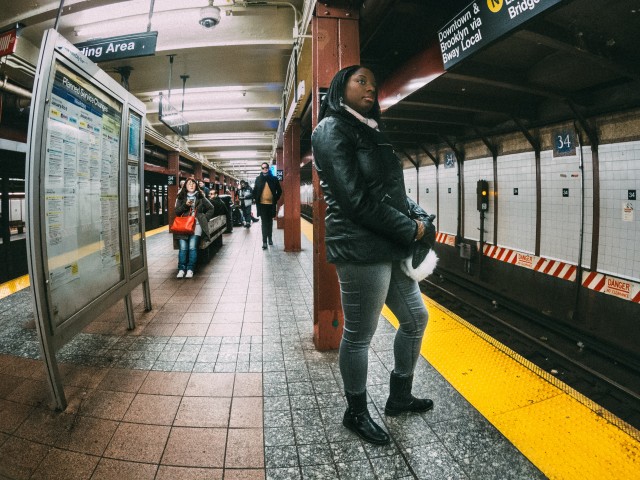
Wide angle lenses can be a challenge to use effectively and correctly, but learning good technique will allow you to easily incorporate wider focal lengths into your photographic arsenal. These lenses have far more uses than the landscape shots they are typically associated with.
Just be aware of distortion issues and put some thought into composition – it's likely that you find working with a wide angle lens can unleash a new wave of creativity. The fun will outweigh the challenges.
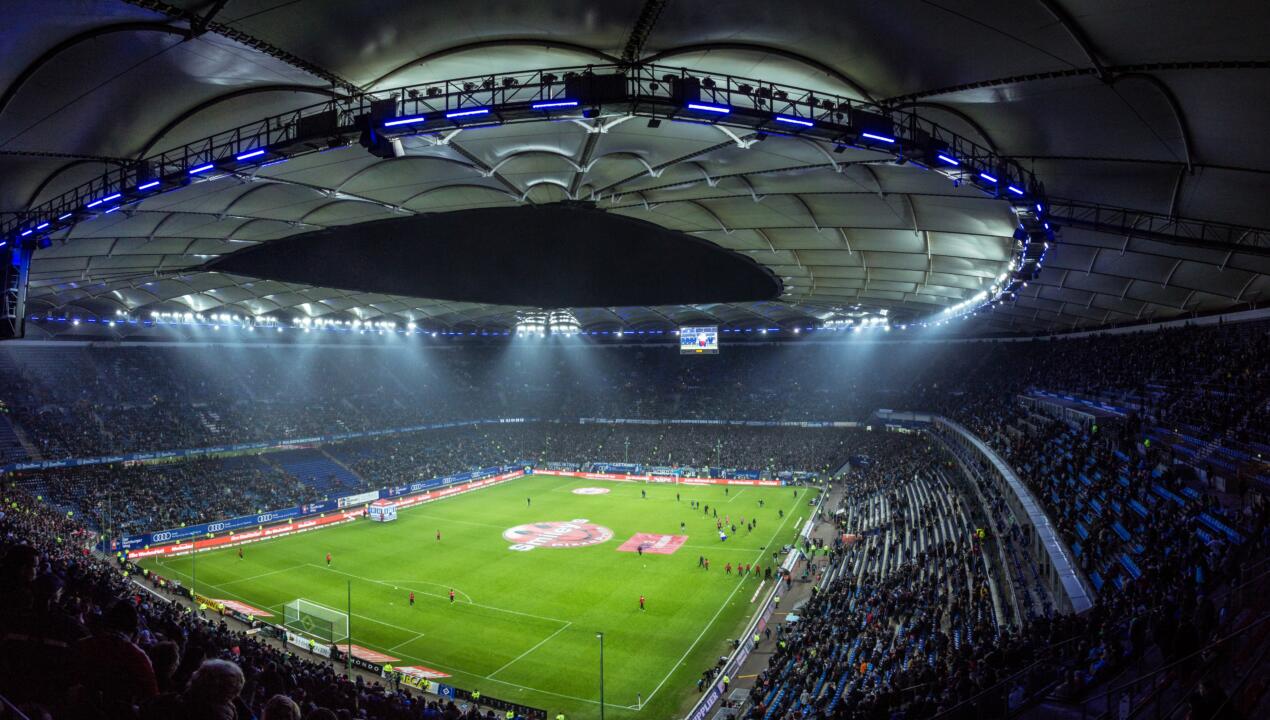
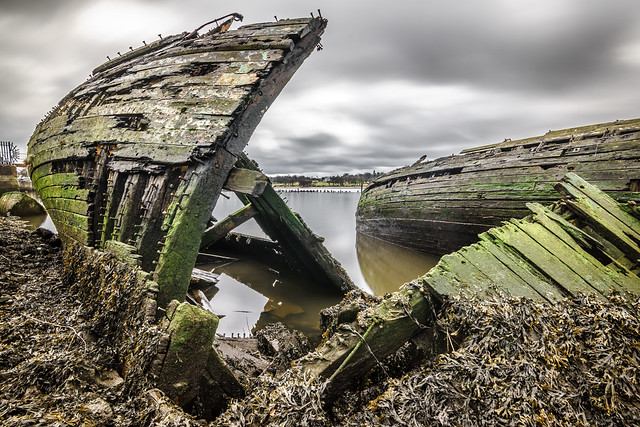

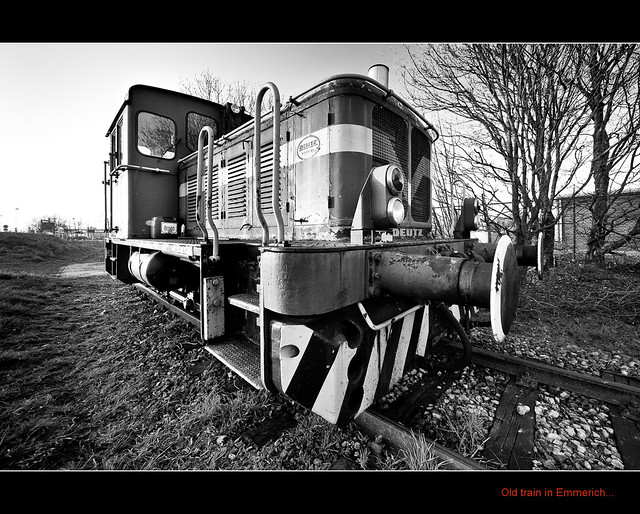

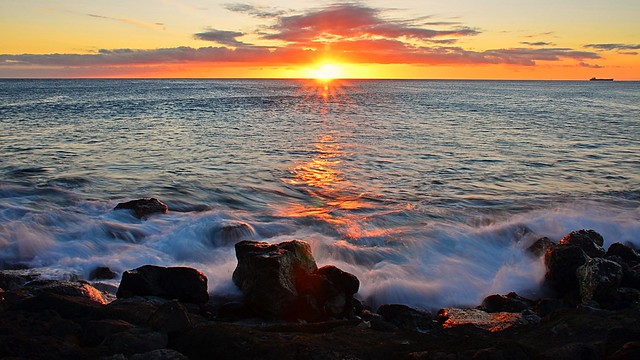

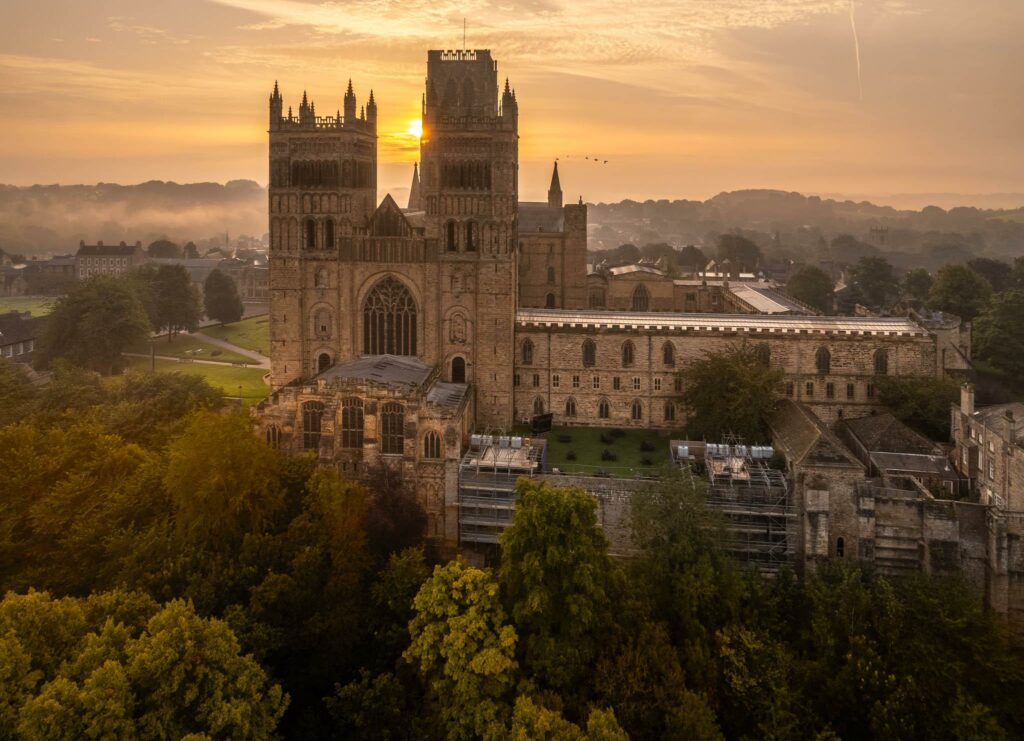
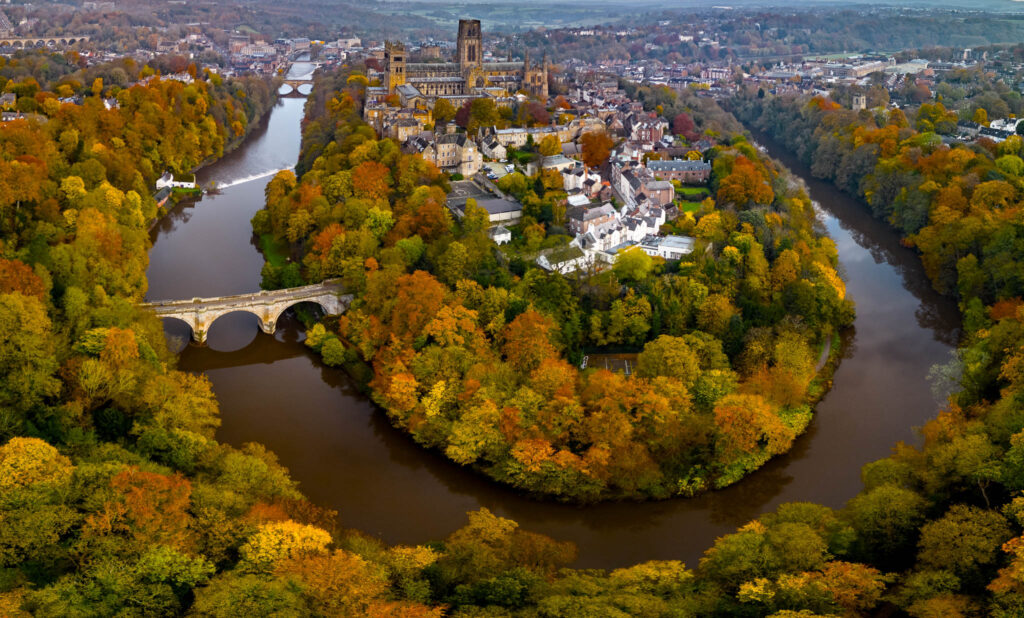
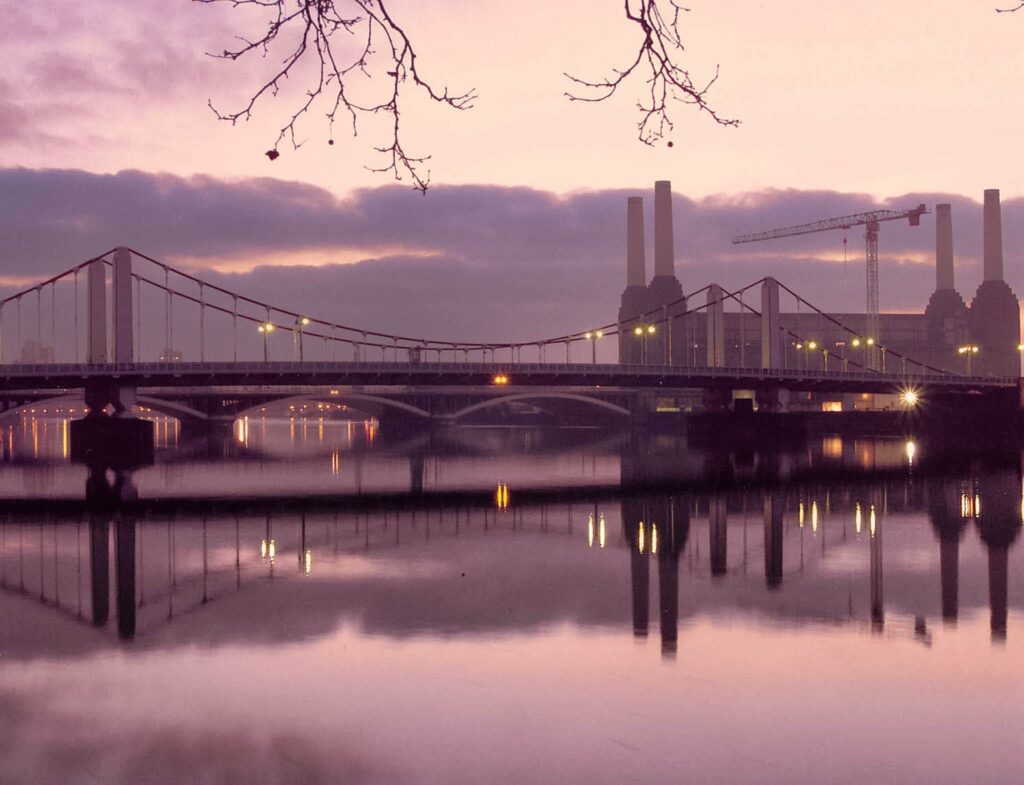
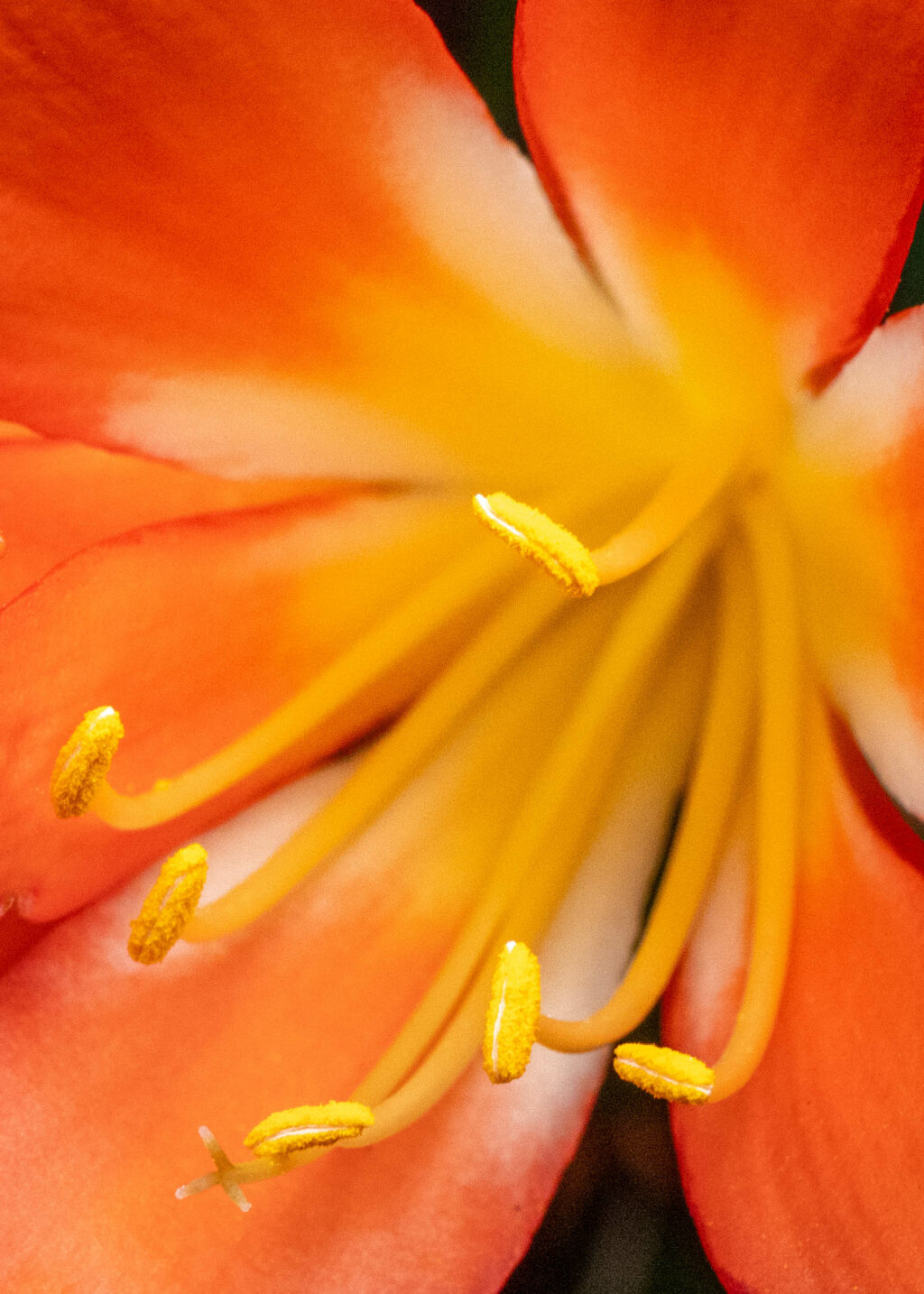
2 Comments
Great article, thanks, Jason. I find distortion is a lesser problem these days, with lenses from the more recent period, than it was when I started out 60 years ago. And with digital, there are amazing PP programs to help reduce or eliminate distortion, which obviously wasn’t that simple with analogue photography (possible – but a hell of an exercise).
Now, I sometimes find the residual “distortion” (perspective based) can become a major feature in some w/angle shots. A real plus, rather than a minus. I guess “it all depends”, on what we’re trying to achieve. Some of the shots in your article show this, quite clearly.
Your comments on hyperfocal distance and “erratic” lighting will be of enormous help.
Not just with landscape etc, either – I recently used my w/angle and a hyperfocal distance chart, to work around a problem I encountered with my macro photography. Shooting a rather spectacular orchid, I found that using a stackshot to achieve sufficient depth of field wasn’t working – the computer software used to generate the completed stackshot was running into difficulties selecting the “sharp” points, because of course the petals etc on a flower aren’t in the same league for “sharp” as – say – a mechanical object, like a clock mechanism. Replaced the macro lens with the w/angle, did the HD calculation, and the result was spectacularly good.
I guess that proves that all roads lead to Rome, or that there’s no “single way” to achieve the right result. 🙂
Thanks for the comment. I’m intrigued by your use of a wide angle lens for macro work. You’re absolutely correct: whatever gets the job done!